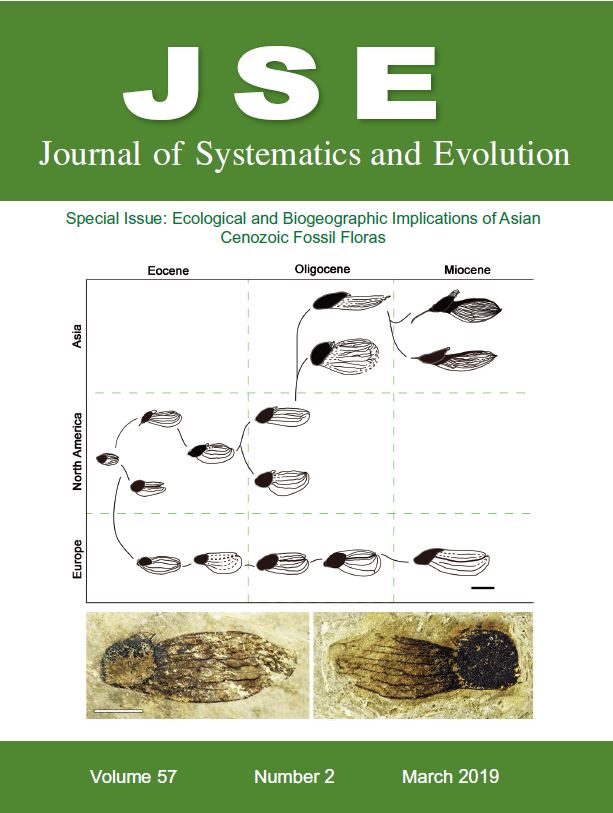Kai-Qing Lu, Min Li, Guo-Hong Wang, Lian-Sheng Xu, David K. Ferguson, Anjali Trivedi, Jing Xuan, Ying Feng, Jin-Feng Li, Gan Xie, Yi-Feng Yao, and Yu-Fei Wang
Members of the Chenopodiaceae are the most dominant elements in the central Asian desert. The different genera and species within this family are common in desert vegetation types. Should it prove possible to link pollen types in this family to specific desert vegetation, it would be feasible to trace vegetation successions in the geological past. Nevertheless, the morphological similarity of pollen grains in the Chenopodiaceae rarely permits identification at the generic level. Although some pollen classifications of Chenopodiaceae have been proposed, none of them tried to link pollen types to specific desert vegetation types in order to explore their ecological significance. Based on the pollen morphological characters of 13 genera and 24 species within the Chenopodiaceae of eastern central Asia, we provide a new pollen classification of this family with six pollen types and link them to those plant communities dominated by Chenopodiaceae, for example, temperate dwarf semi‐arboreal desert (Haloxylon type), temperate succulent halophytic dwarf semi‐shrubby desert (Suaeda, Kalidium, and Atriplex types), temperate annual graminoid desert (Kalidium type), temperate semi‐shrubby and dwarf semi‐shrubby desert (Kalidium, Iljini, and Haloxylon types), and alpine cushion dwarf semi‐shrubby desert (Krascheninnikovia type). These findings represent a new approach for detecting specific desert vegetation types and deciphering ecosystem evolution in eastern central Asia.


